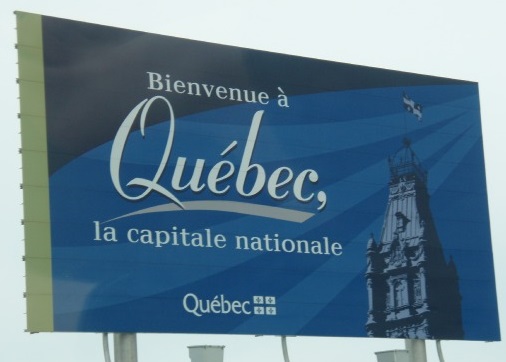During the last few years, carsharing has undergone significant growth, both in Canada and around the world. In this type of service, users share access to a fleet of vehicles, thereby giving them most of the advantages of automobile use, such as its temporal and spatial flexibility, without many of the constraints of ownership. This study analyzes the geographical and socio-economic factors that favour membership of a carsharing service in Québec City. We combined Cervero’s and Kockelman’s 5D model (density, diversity, design, distance to transit, and destination accessibility) with Hägerstrand’s concept of innovation diffusion so as to analyze the evolution of potential car-sharing membership. Zero-inflated negative binomial (ZINB) regression was used to model the spatial diffusion of the number of car-sharing members in Québec City from 1996 (two years after its inauguration) to 2008 at the local scale, with an annual time step. Results indicate that the carsharing distribution did, indeed, follow Hägerstrand’s innovation diffusion model and that, even though some of the 5D model significantly influenced membership, it was socio-economic factors (education, non-motorization, and family structure) that most greatly affected the membership rate in the service area. The model is used to assess and discuss market coverage potential in Québec City.
Results indicated that carsharing diffusion in Québec City was in keeping with Hägerstrand’s (1967) innovation diffusion model and that, even though urban factors significantly influenced carsharing membership, it was socio-economic factors (education, non-motorization, and family structure) that had the greatest effect on membership in the service area. Moreover, the results provided answers to the following questions:
- (1) What is the diffusion potential of this emergent phenomenon?
Carsharing in Québec City, a highly motorized urban area where the automobile’s modal share plainly dominates (74.7% of traveling in the city in 2006), clearly shows that this niche market responded very well to the needs of certain population segments and that there was potential to extend into suburbs insofar as the latter had the necessary public transportation services and good pedestrian accessibility. The results presented in this study make it possible to foresee the likely extension of the service area based on previous development phases (the “inflated” part of the model). This is one of the original features of our work.
- (2) Is carsharing development highly dependent on the urban form, restricting diffusion to higher density neighbourhoods with good accessibility to services and workplaces?
The membership potential depended above all on socio-economic factors such as motorization rate (negative effect), mix of transportation modes based on needs (positive), the presence of children (positive), especially in single-parent families (positive), level of education (positive), and income (negative). These results temper observations made by Burkhart and Millard-Ball (2006) about household size (predominance of single persons). Nonetheless, some of the urban form factors were also pertinent. Design, public transportation (distance to transit), and good accessibility to workplaces and stores were conditions that were just as necessary and that could partially compensate for a low residential density. Of all the factors tested, bus accessibility provided the best potential for development, which confirms the complementary nature of carsharing and public transportation. This confirms and tempers the conclusion of Stillwater et al. (2009), by showing that the mean densities of some neighbourhoods likewise entail good potential when certain socioeconomic and environmental factors are brought together.
- (3) Since access to car pools implies walking (or riding) to fixed-location parking lots, should we expect a sort of “oil stain” diffusion process on membership because cars are allocated on a proportional basis (e.g. 1 car per 20 members around a pool)?
The main form of growth has been to spread like an oil stain, even though the spatial-temporal diffusion model also had a piggy-back growth pattern, which made it possible to get around nearby obstacles. In Québec City, the main obstacles are the St. Lawrence River, industrial parks, institutional grounds (e.g., the campus of Laval University), and expressways. In our experience, the diffusion radius was at least two kilometres, which could be verified in a few years when the service has spread even more in Québec City, or in Montréal where the service will soon have been there long enough to apply the same model with more members in a bigger surface area.
Please note that this article is a summary of the academic article written by . . .
You can read the full article at: http://www.sciencedirect.com/science/article/pii/S0966692314000842?via%3Dihub
